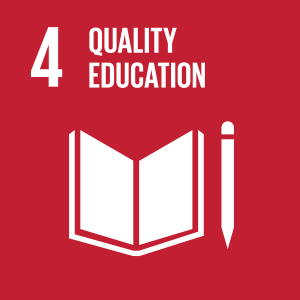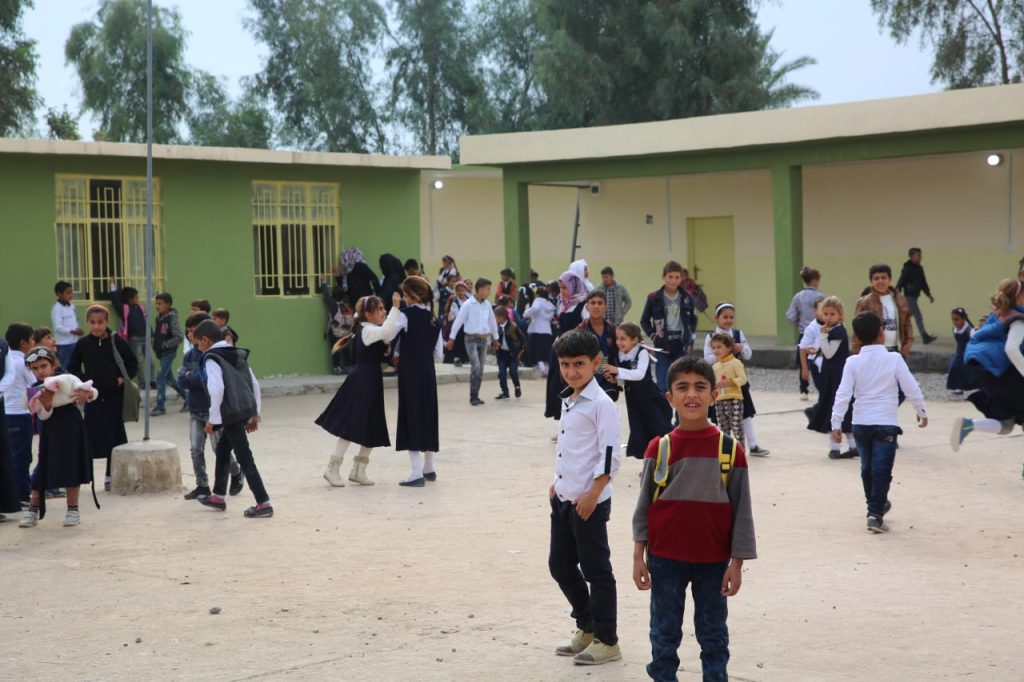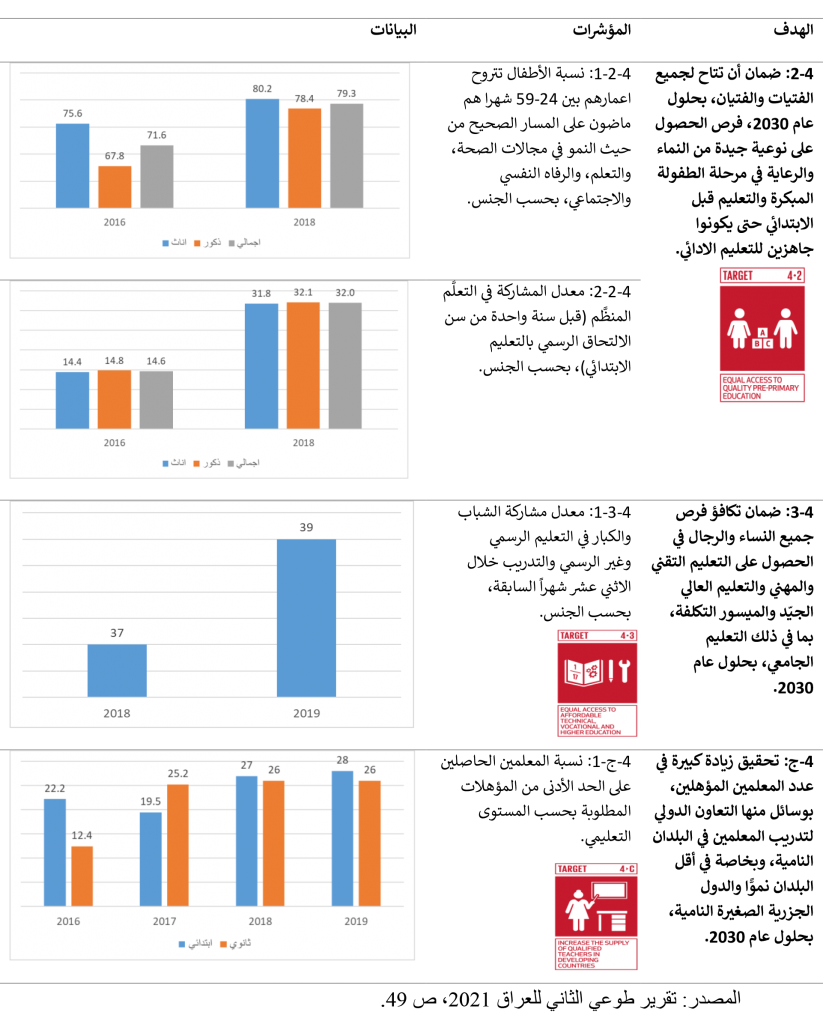Goal 4: Ensure inclusive and equitable quality education and promote lifelong learning opportunities for all


The fourth goal included seven basic objectives to ensure that all girls and boys enjoy free and equitable primary and secondary education, to ensure that all girls and boys have access to good quality early childhood development and care, and to ensure equal opportunities for all women and men to obtain technical and vocational education and education university.
With regard to plans and strategies for this goal: – –
- The Education Strategy 2010-2020, which seeks to develop the educational system in Iraq and includes programs aimed at achieving quality, developing examination methods and using electronic testing and assessment, strengthening the relationship between the higher education system with the rest of the state institutions and private education.
- The Poverty Alleviation Strategy 2018-2022 emphasized building, rehabilitating and maintaining schools in poor areas, taking into account the specificity of girls’ education in the countryside by allocating buildings for girls’ schools, giving priority to training teachers and teachers in rural areas, creating and equipping community centers to eradicate illiteracy and teach life skills, Opening technical workshop sections in schools in poor areas and rehabilitating the existing ones, especially girls’ schools, ensuring the provision of basic education for poor displaced children, programs aimed at eradicating illiteracy in poor areas in urban and rural areas.
Iraq has not achieved the full ability to bring about the desired transformation in the field of education despite the increase in the rate of school enrollment, and Iraq suffers from adopting somewhat late and old methods of education, as well as inequality in educational opportunities, which is mainly caused by the deterioration of infrastructure Educational qualifications that limit the qualifications that Iraq can achieve.
The pandemic posed a threat to millions of children who were forced to drop out of their schools, as well as hundreds of thousands of college and institute students who, in turn, dropped out of school. Indeed, the net enrollment rate for the primary stage decreased from 94% to 90% in the academic years 2019/2020 and 2018/2019. However, the net enrollment rate increased for the intermediate stages (from 57% to 58% for the two academic years, respectively) and middle school (from 28% to 32%). For two consecutive academic years.
With the start of the response procedures to confront the pandemic, the official working hours were suspended in all schools, colleges and institutes, forcing ten million male and female students to stay in their homes, and the quick solution that was provided to the students was distance learning, whether through the Internet or through television channels designated for this purpose.
For their part, the Ministries of Education and Higher Education have tried to adopt the distance learning experience. (48985) professors at the university have used different platforms to communicate with students, and more than (33,500) teachers have received training in private and government education, at a rate of up to 70% on e-learning, its mechanisms, and the methods for its adoption and implementation.
The two ministries have bypassed the complex nature of this process, from providing automated content, supporting teachers and professors, providing orientation to families and students, and overcoming the difficulties of accessing the Internet.

